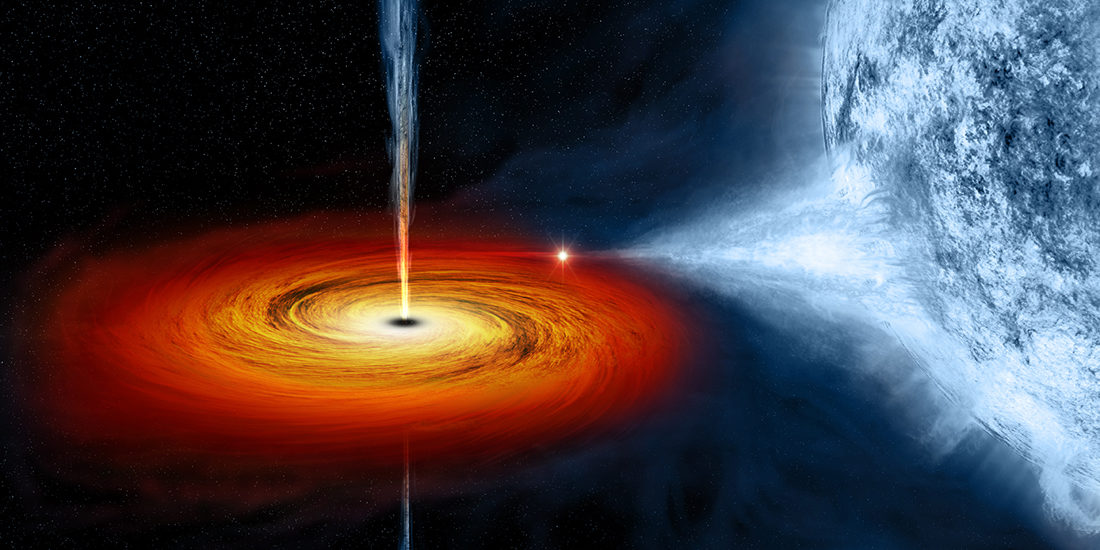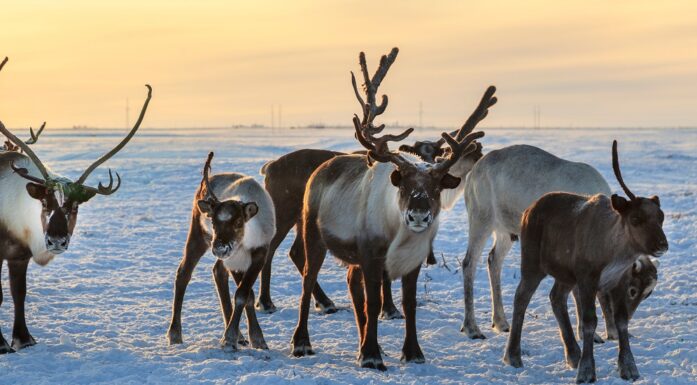Black holes and other star remnants
Imagine a dog owner with a reflective vest and a black dog without one. In the dark we can see how the dog owner moves, but not the dog. That’s how black holes work, too.
The Starmus science festival will welcome the world’s foremost expert on black holes when Stephen Hawking rolls onto the stage at Trondheim Spektrum in mid-June. NTNU’s own researchers are also helping to expand our understanding of black holes – and their little sisters, neutron stars and white dwarfs, says Professor Jens O. Andersen from NTNU’s Department of Physics.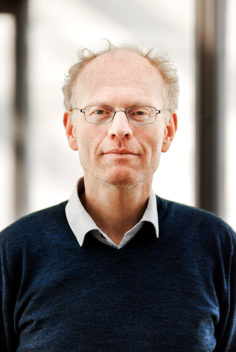
“A lot of myths surround black holes. But there’s nothing nasty or weird about them as long as you stay outside a certain radius,” says Andersen.
Astrophysicist Karl Schwarzschild figured this out in 1916, and the Schwarzschild radius was named after him. The year before, Albert Einstein had developed the theory of relativity. Together, these two German scientist greatly expanded our understanding of black holes. The next contribution at the same order of magnitude came in 1974 with Stephen Hawking’s discoveries. But first, the basics.
Not a hole
A black hole is not really a hole, but an area of extremely dense matter that is created when a massive star — one that is eight to ten times as big as our Sun — collapses. Black holes are called black because they are so dense that not even light can escape. The speed of light isn’t fast enough for the light rays to make it out. The technical explanation for this is that the escape velocity is greater than the speed of light, making it completely black.
“The border of a black hole is called a horizon. And just as with a horizon that we’re familiar with, we can’t see past the horizon. So nobody knows what’s going on inside a black hole,” says Andersen. However, we can observe what happens to objects in the surrounding area and draw conclusions from that.
“Imagine a dog owner with a reflective vest who’s out with his black dog in the dark. The dog is on a leash, but it’s yanking and pulling on it. Even if you can’t see the dog in the dark, you realize that it’s there, based on the movements of the dog owner’s body. You can also deduce some things about the dog’s behaviour – even without seeing it,” he says.
Hawking radiation
Astrophysicists make calculations based on observations. They develop theories, work them out, and compare the results with observations. This was Stephen Hawking’s modus operandi when in the 1970s, he further expanded our understanding of black holes.
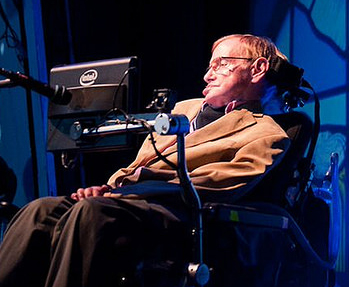
Stephen Hawking, a British astrophysicist, was the first to realize that black holes emit radiation, which enabled a host of other discoveries. He will be in Trondheim this June for the Starmus science festival. Photo: Starmus
He found out that they emit radiation, which allowed him to conclude two things: Black holes have a temperature. And they evaporate, since radiation is energy – that escapes.
By its nature, a black hole will thus shrink over time. But they can also grow.
“Everything that comes within the Schwarzschild radius is in trouble. It’ll never escape from the gravitational pull and gets sucked into the centre. Radio waves can’t escape either,” says Andersen.
That makes it impossible to send measuring instruments or probes into a black hole to explore what is inside the horizon.
Too small to be black holes
Only really large stars can become black holes. In this case, the star has to have more than eight times as much mass as the Sun.
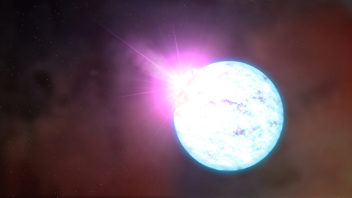
An artist’s rendering of an outburst on an ultra-magnetic neutron star, also called a magnetar.
Illustration: NASA’s Goddard Space Flight Center
The power of the collapse — and the end product— depends on the size of the star. A star with three to eight times the sun’s mass becomes a neutron star after its collapse.
Neutron stars are less dense than black holes, and continue to emit light. But, says Andersen, these are still dense objects, and they give us a hint: Imagine taking the Earth’s entire population and fitting the mass of all these people inside a 2.5 cm diameter marble. That is what it would be like to put the matter of a neutron star inside the marble – it would have a corresponding mass.
Particle physicists are in the lead when it comes to studying neutron stars. There may even be a subcategory called quark stars. To determine if these exist, scientists calculate the relationships between radius and mass. Andersen’s master’s student Francesco Pogliano is working on this exact question.
Lisa Randall and extra dimensions
NTNU’s astrophysical community is not very large, but Andersen says interest in the subjects of gravity and cosmology and in the introductory astrophysics course is strong. Starmus is an obvious highlight for the academic year. What lectures does Andersen recommend?
“It will be really great to hear Buzz Aldrin and Stephen Hawking. I would also suggest Lisa Randall. She’s one of the sharpest scientists we have, no doubt about that. She studies extra dimensions, among other things. Einstein took us from three dimensions to four – three spatial plus time. Lisa Randall and other colleagues say that there may be as many as ten dimensions,” says Andersen.
